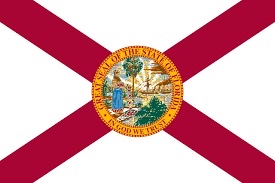In class, we discussed voting thresholds in relation to cost minimization in collective action. In cases where external costs are very high, we agreed that the threshold for action ought to be high as well. There is no cost higher than a loss of human life and, as such, issues where people may lose their lives should, then, have high voting thresholds. But how high is high enough? How do we best balance external and decision-making costs?
In Florida, Parkland school shooter Nicholas Cruz was sentenced to life imprisonment for his crimes. However, many people were upset by this decision, as the death penalty is an option for murder under Florida law, and they felt that this would have been a more appropriate punishment for Cruz. He was not given this sentence, as the threshold for applying the death penalty was unanimity among the jury, and jurors in his case voted 9-3 in favor of a death sentence, achieving a majority but not the required unanimity for a sentence of death. In response to this, Florida changed its laws, lowering the standard to apply a sentence of death to a vote of 8-4 (a 2/3 supermajority).
Here, we see the debate between lowering external and decision-making costs clearly. Opponents of this law argue that the external costs of an unfair death sentence are too high for a lower threshold, and that many undeserving people would be more susceptible to facing these costs with the lower threshold. Proponents, on the other hand, feel that the system requiring unanimity was inefficient, and that the cost of one juror holding out and sparing a person deserving of death from receiving just punishment was too high.

No comments:
Post a Comment